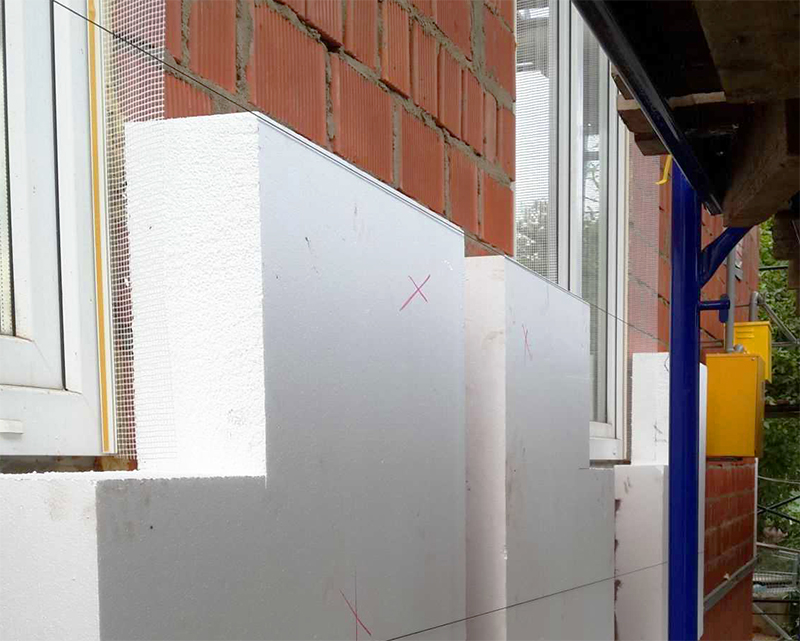Currently, there are many ways to insulate buildings on the market. In recent years, such material as foam plastic has come to the fore. At the same time, one should not forget that a properly insulated house becomes a pleasant and safe place to live in both winter and summer.
Advantages of using foam
Styrofoam ensures good tightness: a fairly dense layer is created without significant gaps. The material is light, easy to use and adheres well to wood, slabs, brick and concrete. At the same time, it is a sufficiently flexible material that interacts with the building and its structure. Styrofoam is light, does not emit odors, keeps its shape well, and its properties change very slowly over time.
Styrofoam protects the building both from cold and moisture in the winter and from overheating the building in the summer. The advantage of foam is also the ability to protect the building from noise: the sounds of screams, loud music, a working car and the patter of rain on the roof are less audible.
The total cost of using foam for insulation of a large house can be quite high. However, despite this, the use of foam allows you to save up to 60% of building heating costs. In addition, you can find stores where this material will be inexpensive.

What can be insulated with foam?
Styrofoam is a universal material, and it can be used to insulate most places in the building. It works best when used as insulation:
external walls — the material can be covered with acrylic or silicone plaster on top;
flat roofs — effective thermal insulation of a flat roof is guaranteed by foam plastic with the lowest coefficient of thermal conductivity and increased compressive strength;
floors — the thickness of the foam is more important in this case, first of all, resistance to high pressure.
Types of foam
There are two types of foam: more porous (standard) and less porous (styrodur). On the first, you can see the characteristic pores, which are natural insulator. At the same time, the porosity means that this option will not work in places that are exposed to weather conditions or other external factors, for example, on foundations.

This is the best way to insulate walls, floors on the ground or flat roofs. It is important that the foam has limited vapor permeability, which allows it to be used under any type of plaster.
The modernized version is extruded foam (Styrodur). A different manufacturing process makes this version less porous and more dense and uniform. As a result, styrodur has better thermal insulation parameters, it is more resistant to high pressure, low temperatures and humidity, which allows it to be used not only on walls or roofs, but also on foundations, in garages, basements and parking lots.
Conclusion
External walls can generate up to 20% of heat loss in a building. Along with the lost energy, we are exposed to additional heating bills. The best solution is thermal insulation of the walls, which will ensure proper thermal comfort. Styrofoam is ideal for this. The choice of foam must be taken seriously because thermal insulation must serve for many years and not lose its effectiveness during this time.

Ваш комментарий будет первым